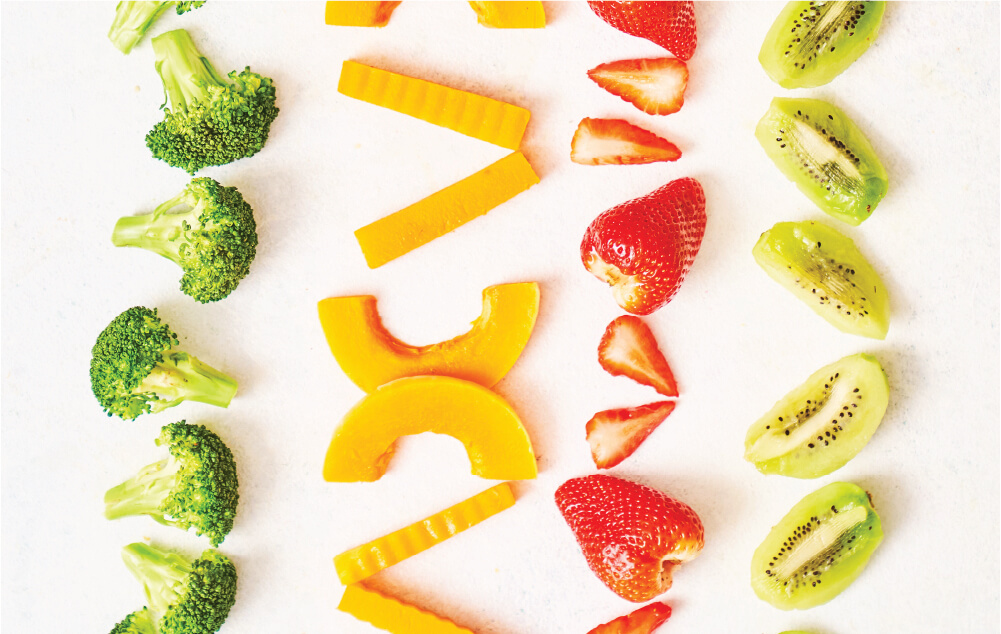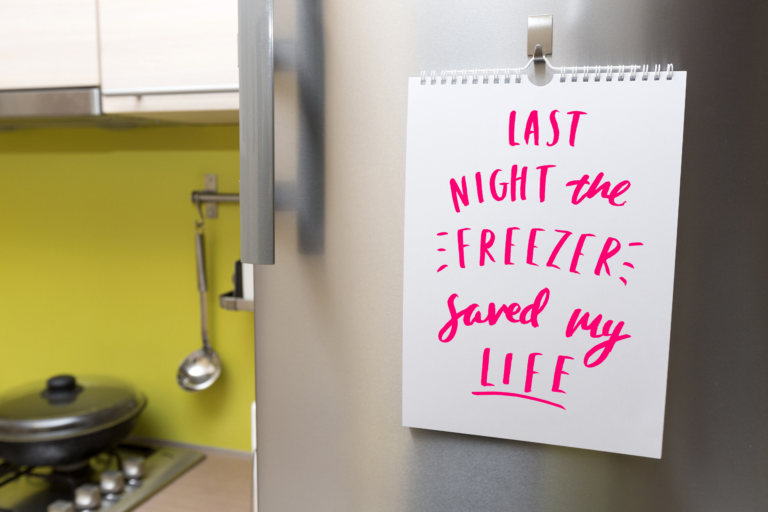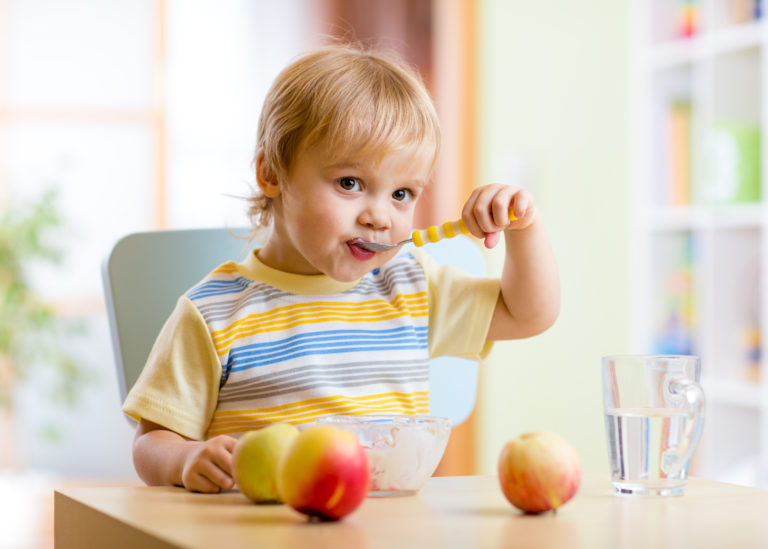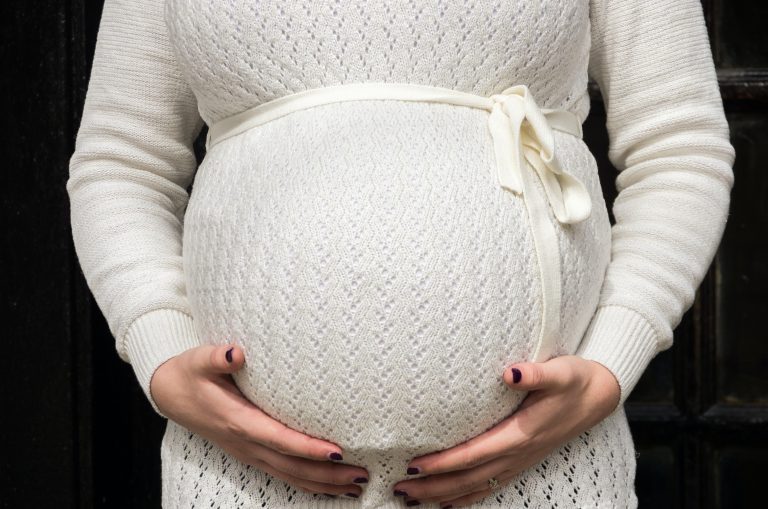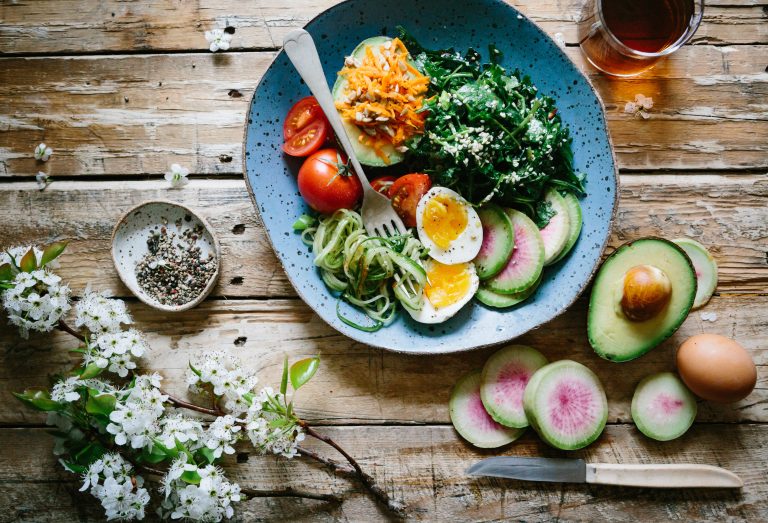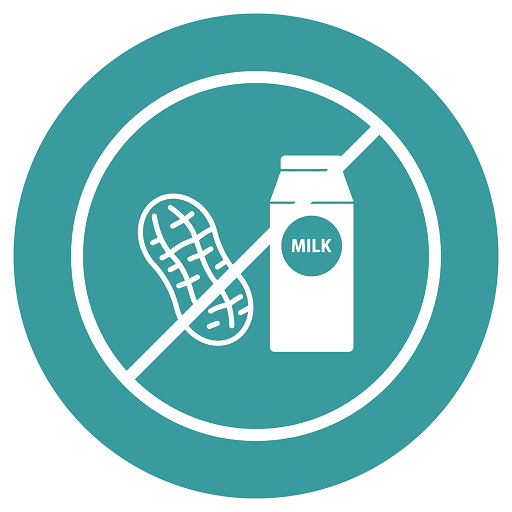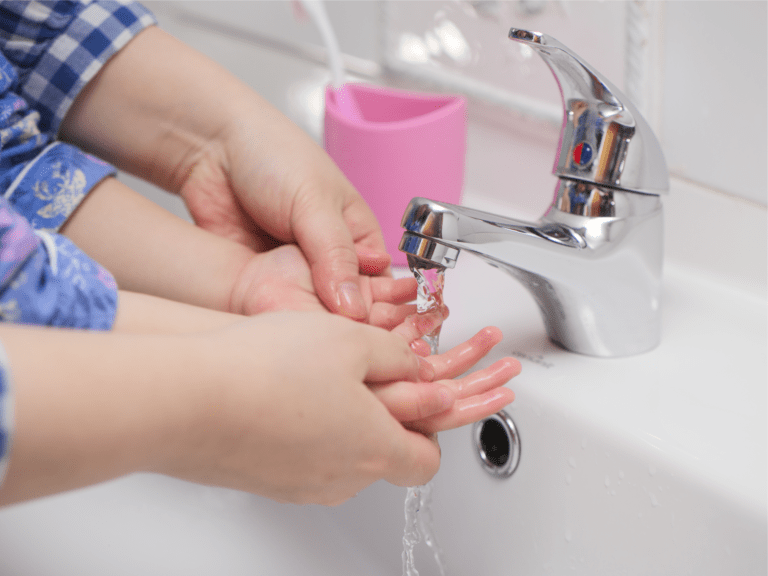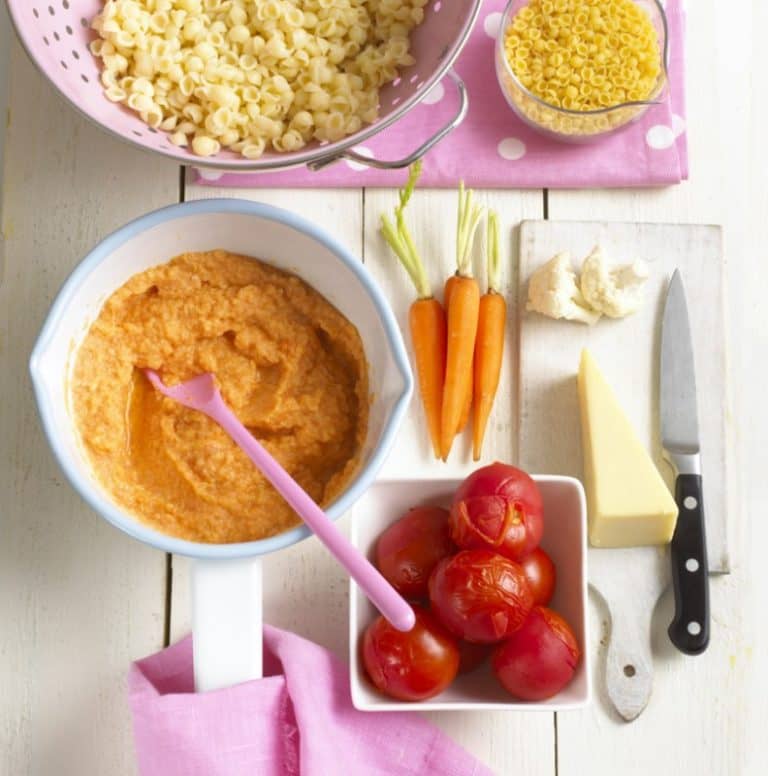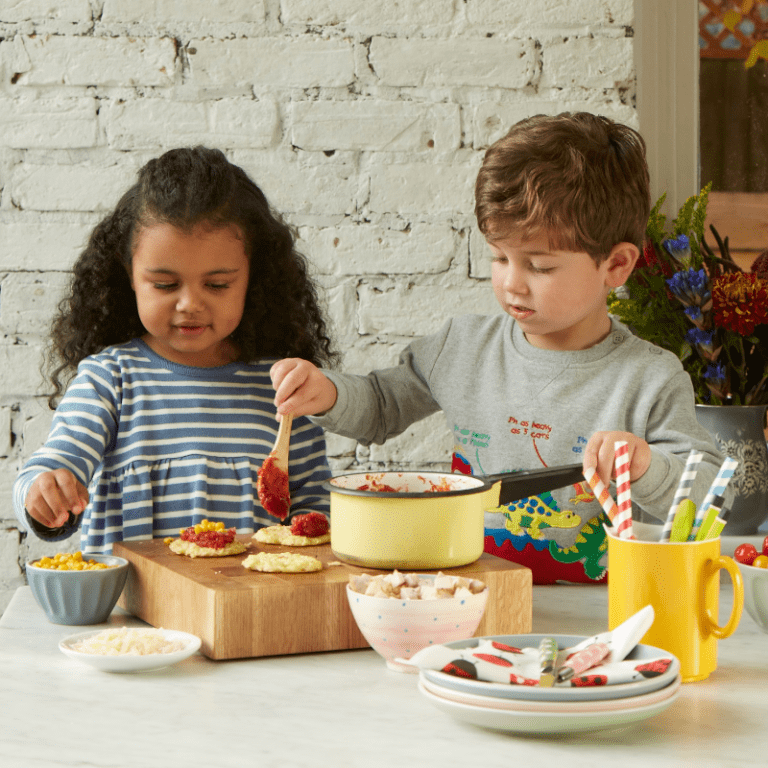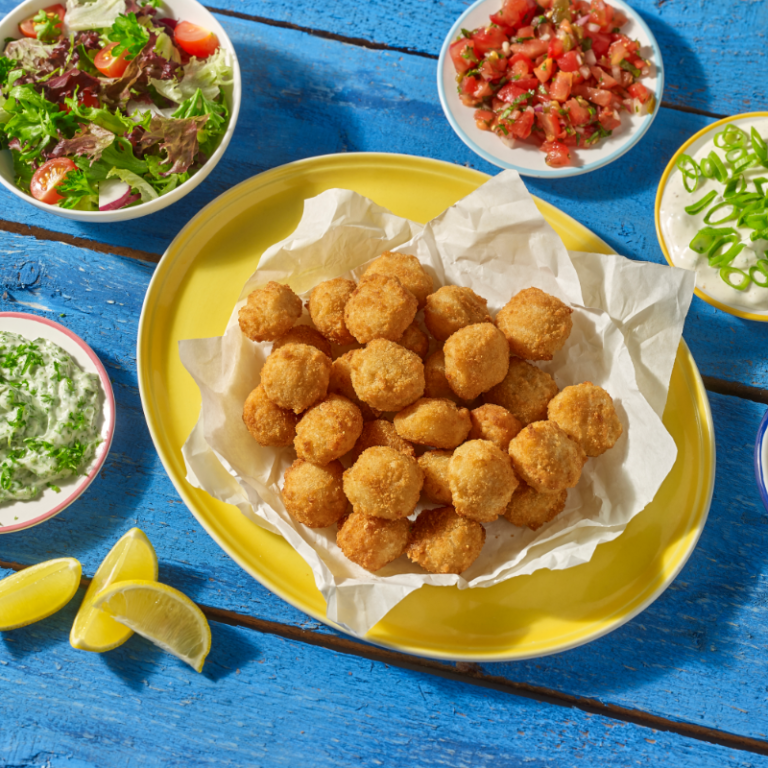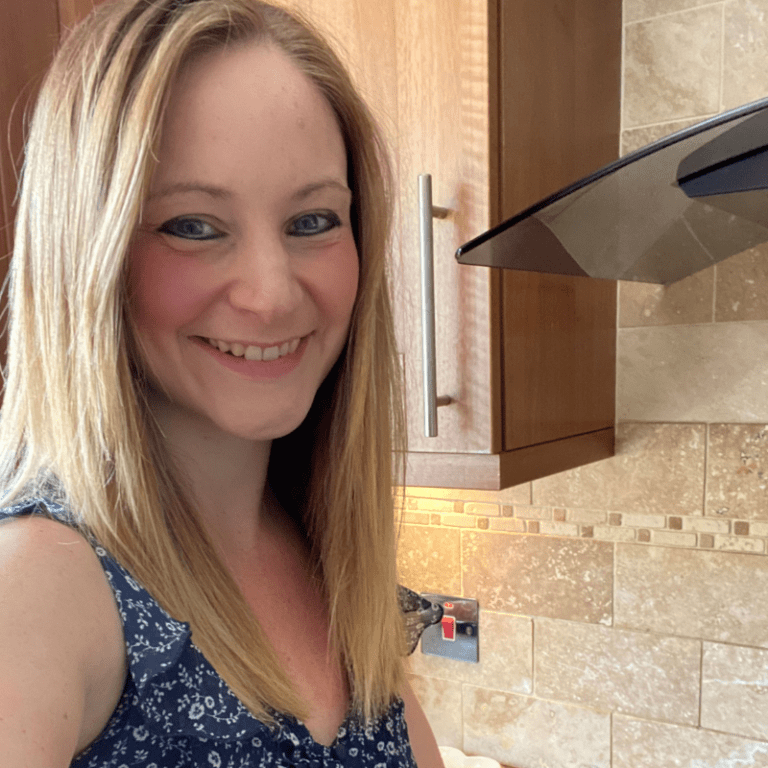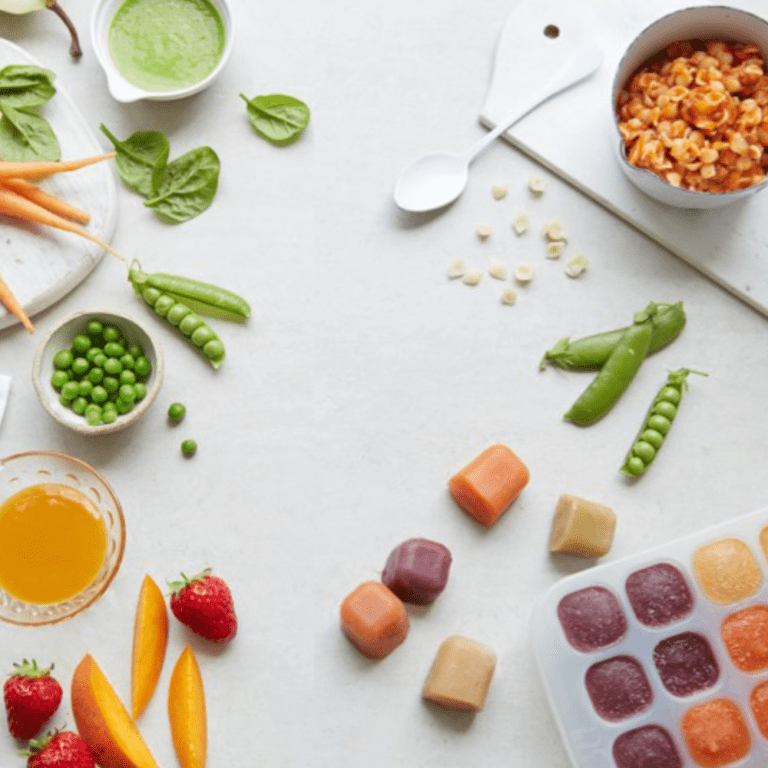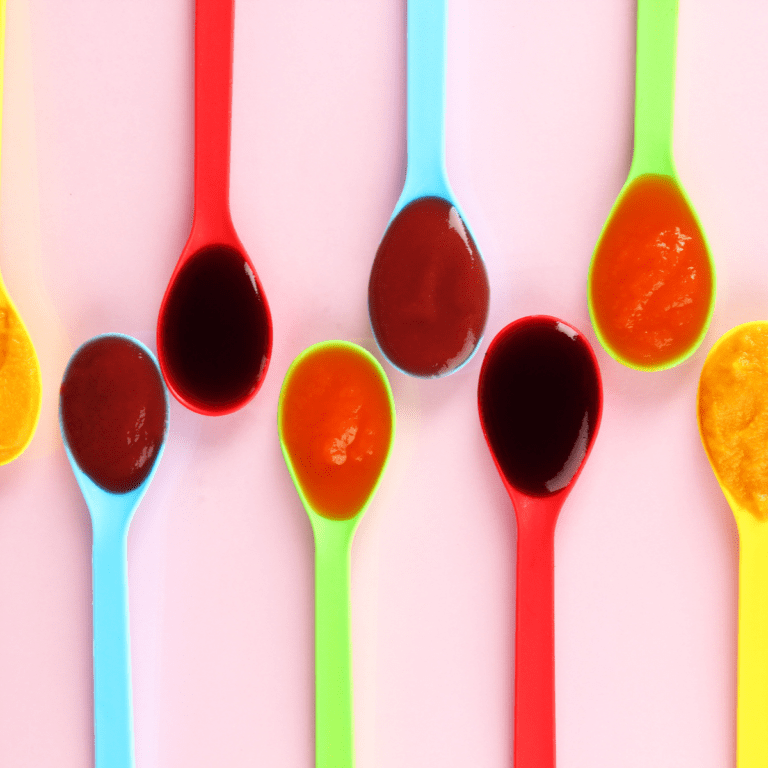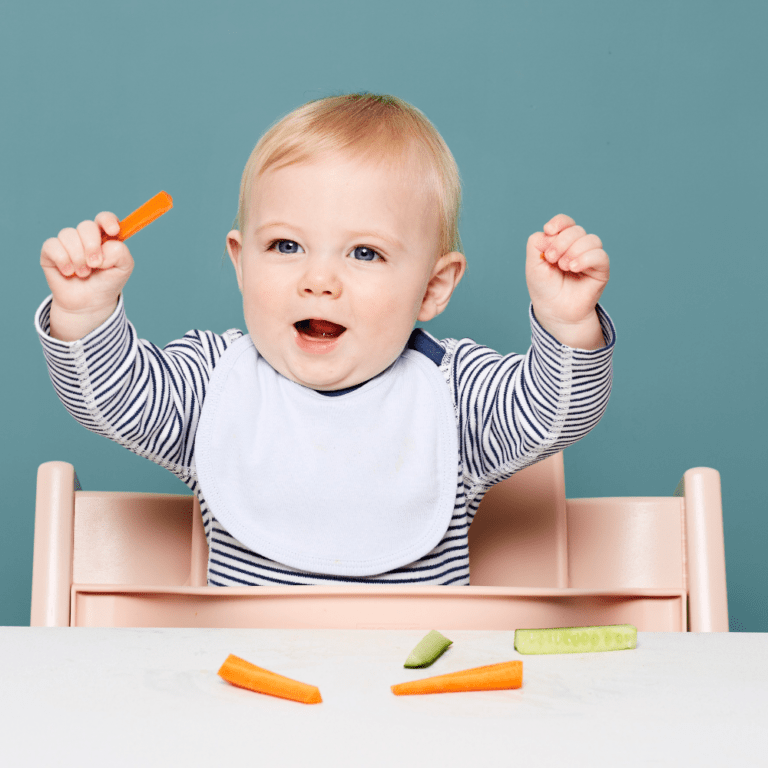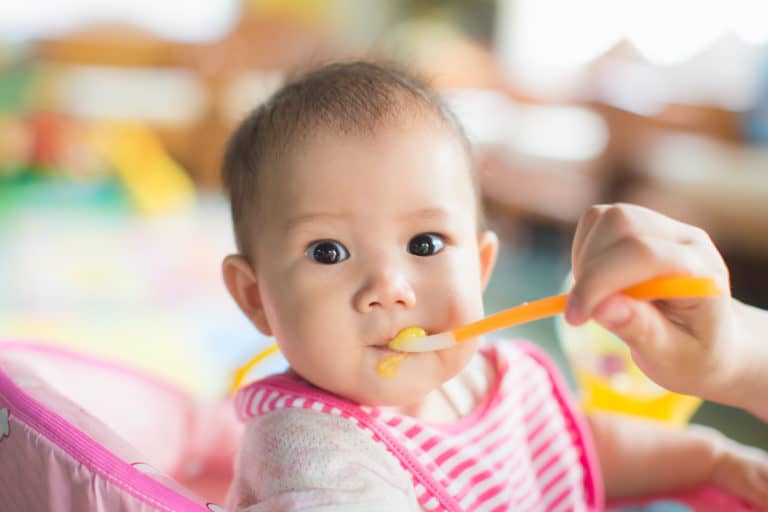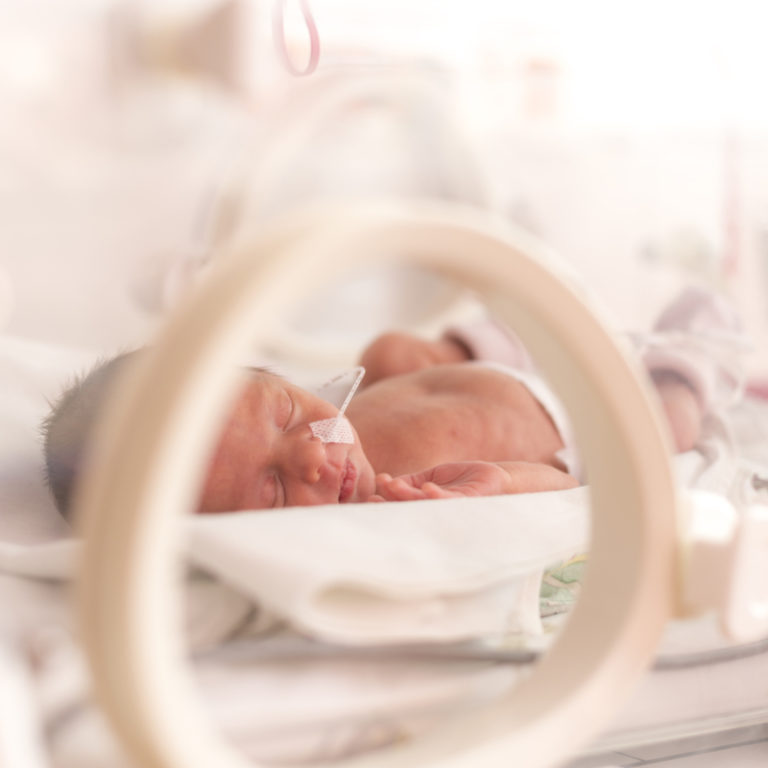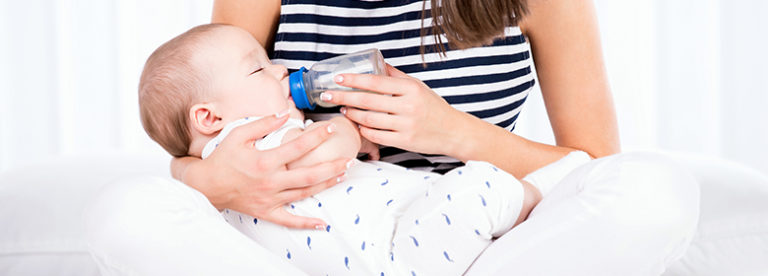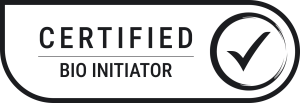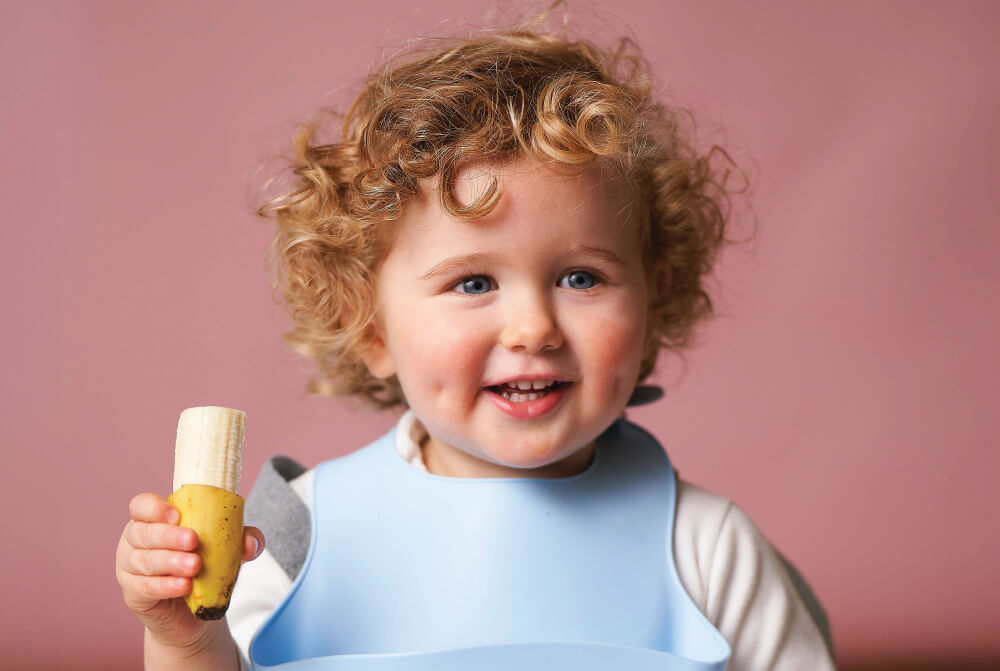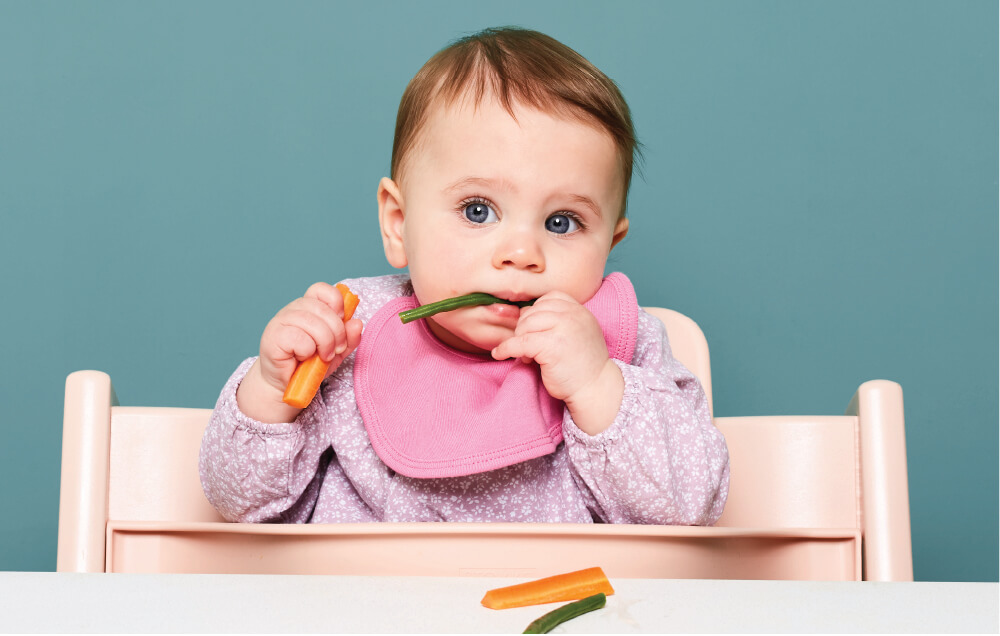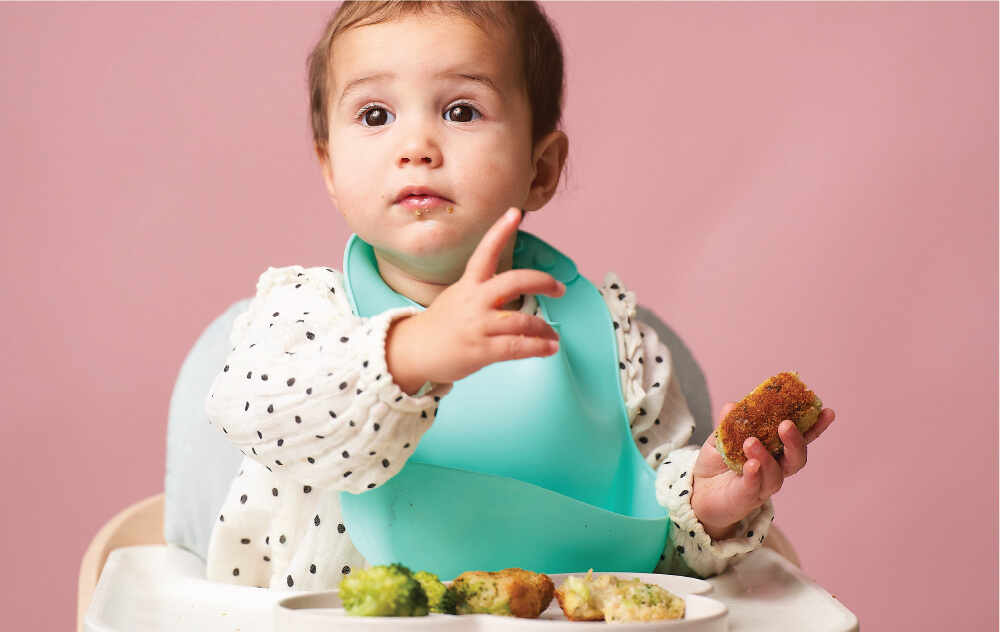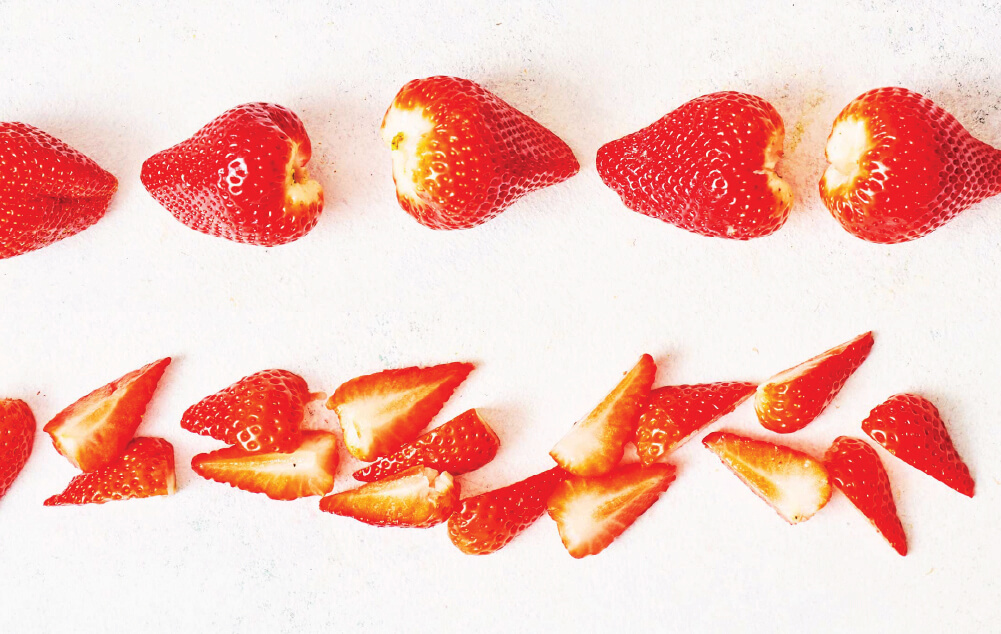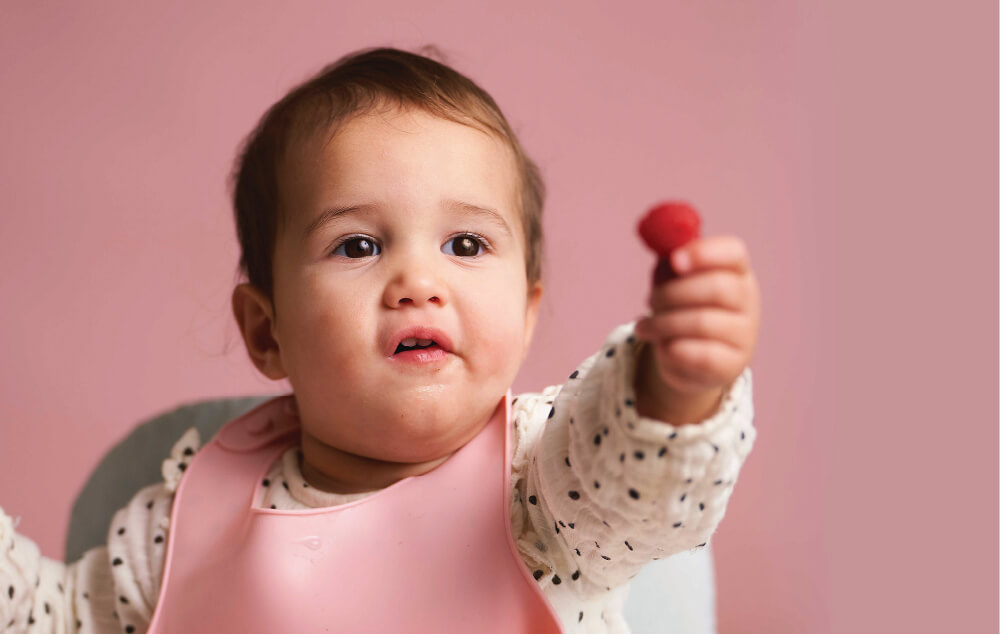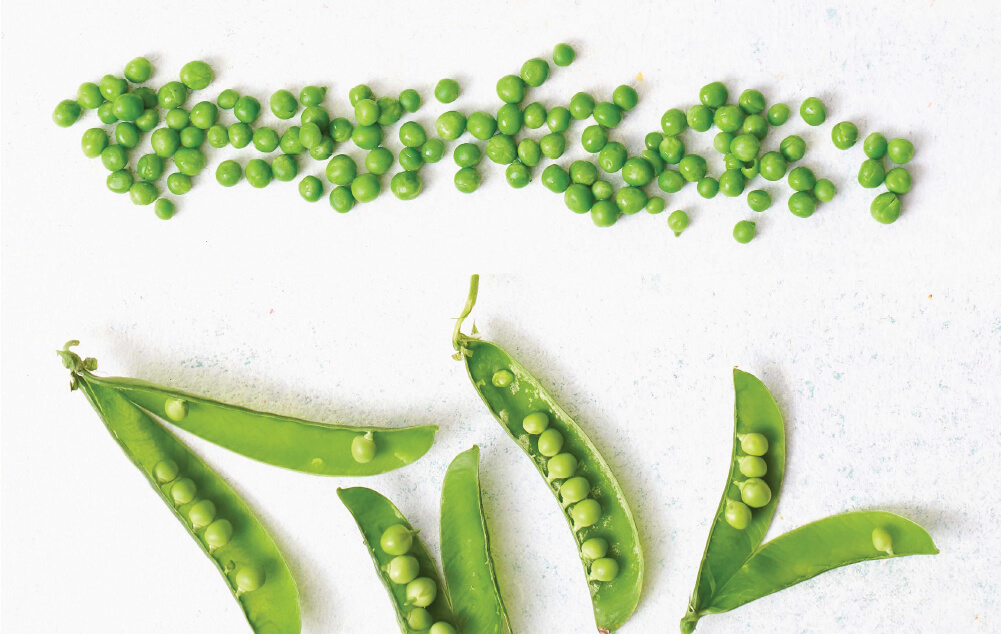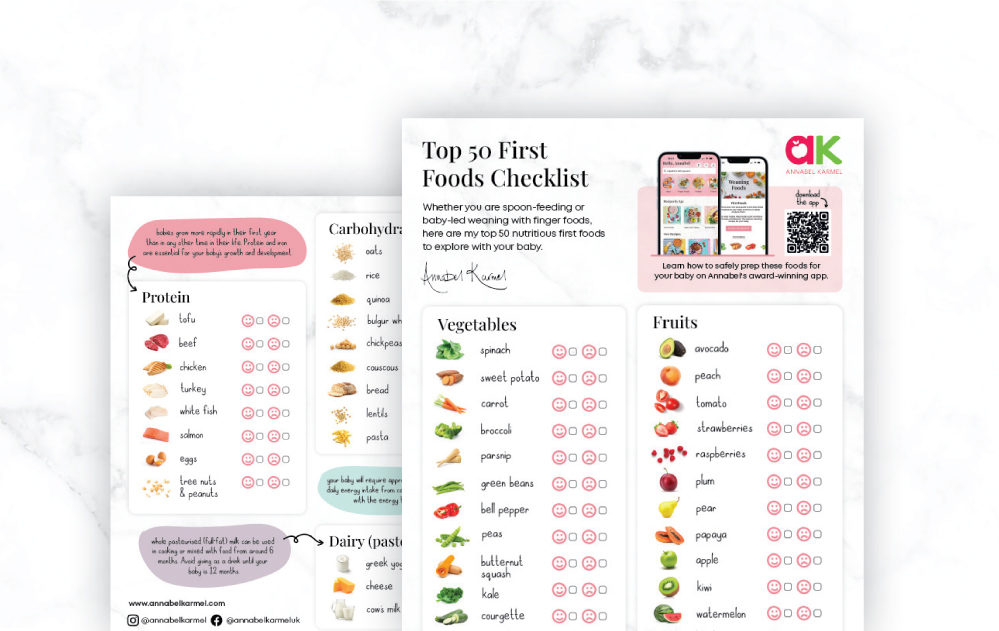Most hospitals are insistent about baby leaving in a car seat so make sure that you know how to correctly install yours. It’s definitely worth getting to grips with how to put it in and out before baby is born as this will be your first task on leaving the hospital to head home.
Your baby will need to be in a rear-facing seat initially and ideally you should keep your baby rear-facing for as long as possible as a rear-facing seat provides greater protection for your baby’s head, neck and spine. You can move them to a forward-facing seat once they can sit up unaided and have exceeded the maximum weight for their existing seat group.
ISOFIX car seats are a great option as they are fixed to the actual structure of the car which makes them very secure. Plus they are typically easier to fit too.
It is recommended that baby sleeps in your room for the first six months and so the amount of spare bedroom space you have might influence your sleeping arrangements and choice of cot. Certain styles attach to the side of your bed so that you can safely co-sleep with your baby and have them within reach to breastfeed at night. It is definitely worth considering getting one with a drop down side as this small feature will help to protect your back as it stops you having to strain over the top when you go to pick up or put down baby.
Cot beds are cost effective in the long run as they are suitable from the day you get back from the hospital right through until they are roughly three years old.
As well as the cot you will need a mattress, mattress protectors and fitted cotton sheets and always be sure to by a few spares so that there is always a clean dry sheet available.
Your baby won’t need duvets or pillows for a while yet but you might like large muslin squares for swaddling and tucking in. To prevent your baby wriggling down under the covers, place them in the “feet to foot” position which means that their feet are at the end of the cot.
The buggy or pushchair is one of those pieces of new baby equipment that can cause some confusion. There are so many different types and price points that something that initially appeared to be simple enough, when faced with the sheer amount of choice, makes the task somewhat overwhelming.
You’ll hear lots of recommendations on which brand to go for but as with many pieces of kit it will come down to costs and personal preference such as size – do you need an easy collapsible one which will fit into your car easily or that you can take on the bus? Do you want one for more rougher terrain if you live in the countryside? And if you would like one that will see you right through then you might want to opt for one which has different attachments you can purchase separately to grow with your baby.
Remember that newborns need to lie completely flat to protect their spinal development and support their head and neck, so you need to make sure that the model you buy can be lowered right back, or pick one that comes with a carry cot that can be slotted in. Pushchair frames that come with a car seat are called travel systems and are a useful way to transport baby in and out of the car without disturbing them.
On first look, bouncers seem like a fun piece of equipment but perhaps more of a ‘nice to have’ than an essential piece of kit. But bouncy chairs are so useful and you’ll soon feel differently about their ‘essential’ status when they help you to remember what it was like to have two hands to complete a task!
Although you should never leave your baby unattended in a bouncy chair, they are so lightweight and portable that you can carry this with you from room to room.
Some styles have a detachable bar with toys that increases the play value for slightly older babies too.
Whether you are breastfeeding or bottle feeding you will need a few pieces of equipment to ensure that milk feeds are comfortable for you and your baby from the get-go. If you’re breastfeeding, then you will want to invest in some special nursing bras for support and breast pads for disguising any unwanted leaks! To start with you might also want to have some special nipple cream to hand for any sore or cracked nipples.
If you are bottle feeding, then you will need a selection of bottles and teats for your baby as well as a steriliser to keep bottles clean. Although it feels like yet another thing to have to prep, most sterilisers will get the job done in less than five minutes.
There are two different type of sterilisers. You can opt for a steam one, either electric or microwavable or a cold-water model which instead of steam uses an anti-bacterial fluid combined with cold water to sterilise. Microwavable and cold-water sterilisers usefully can be washed in the dishwasher.
In terms of bottles, start with four-ounce bottles and stock up on teats with varying flow speeds. The four-ounce bottles are perfect for the small amounts of breast milk or formula newborns will consume in one sitting. You can then change to 8 or 9 ounce bottles at about 4 months, or whenever your baby’s appetite grows.
You’ll need bibs once your baby starts weaning but before this, muslin cloths or flannels will be lifesavers particularly during feeds.
Last but by no means least are baby clothes, namely baby grows or body suits to start with. Baby grows with poppers all the way down the front are the easiest to put on and take off as other styles can be tricky to pull over baby’s head.
Although you’ll likely be given some by friends and family as new-born gifts, you’ll probably go through a couple of changes a day so stock up! Babies grow so quickly that those new-born outfits, although completely adorable won’t get too much wear so always opt for some that are the next one or two age ranges up. And, I assure you that there is a thriving second hand market for new baby clothes too!
Body suits or short sleeved vests are also easy to take on and off as they popper over a nappy and if you can, opt for cotton as it’s the best fabric for your baby’s sensitive skin.
Outfit choices will be weather dependent but as a general rule dress baby in one more layer than you have on, as they are not very good at regulating their body temperature. Hats and soft light blankets are great for adding warmth.
Alexis and Beccy are the duo behind The Mother Box – a complete package of pregnancy, birth and postnatal gifts, courses and workshops carefully created to nurture, heal and empower new mums.
